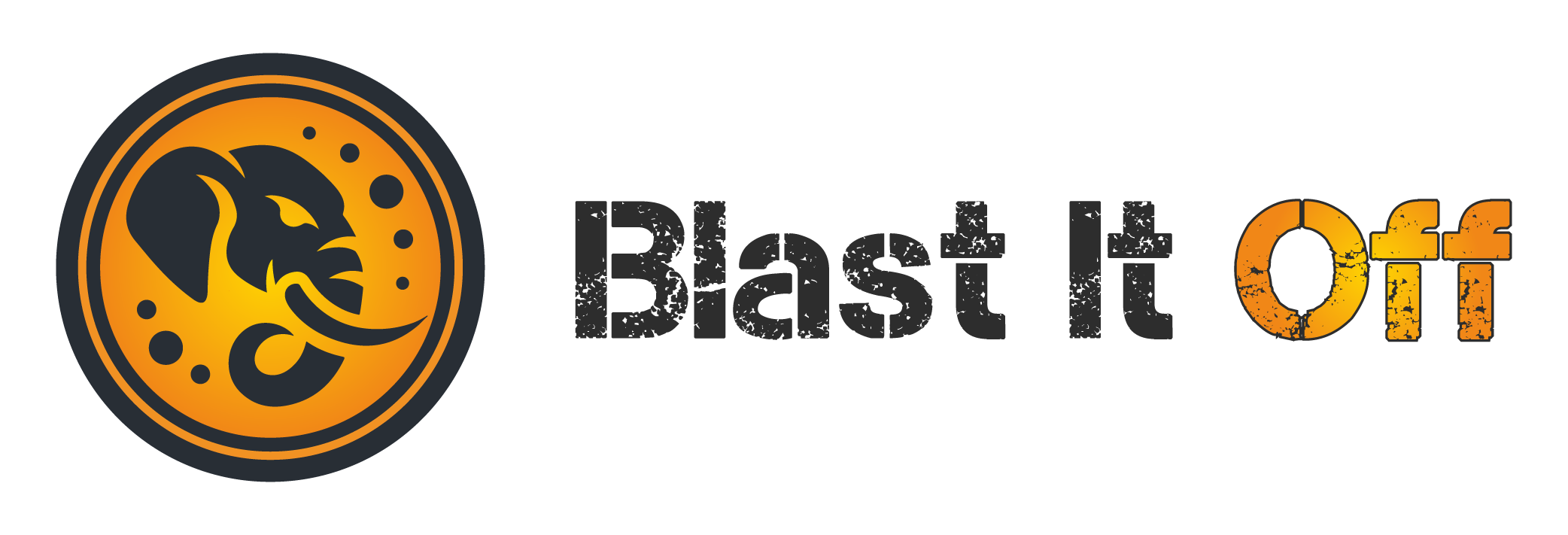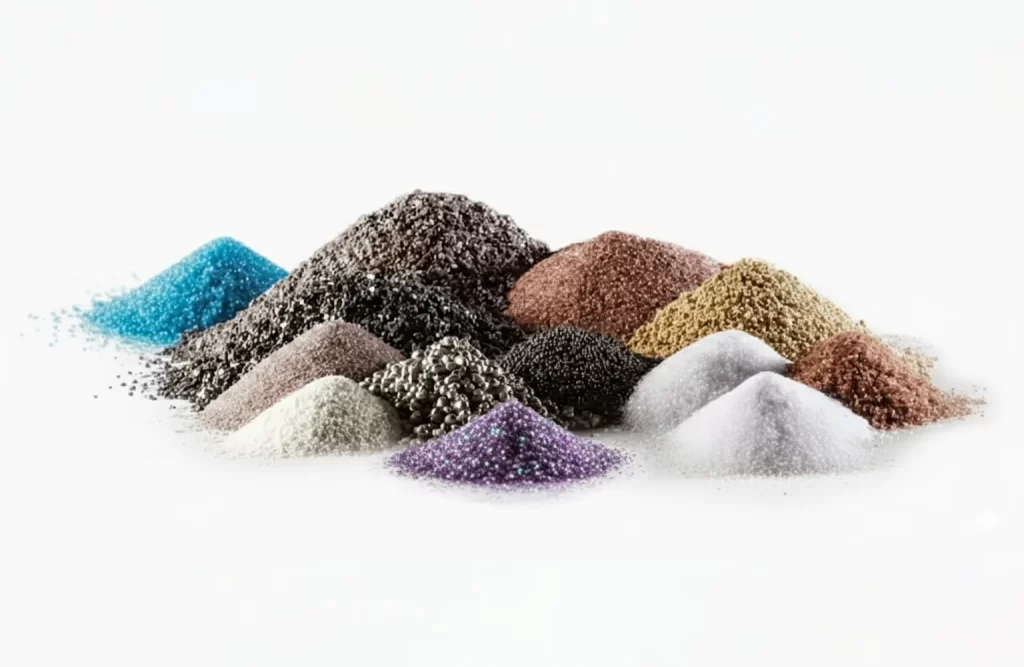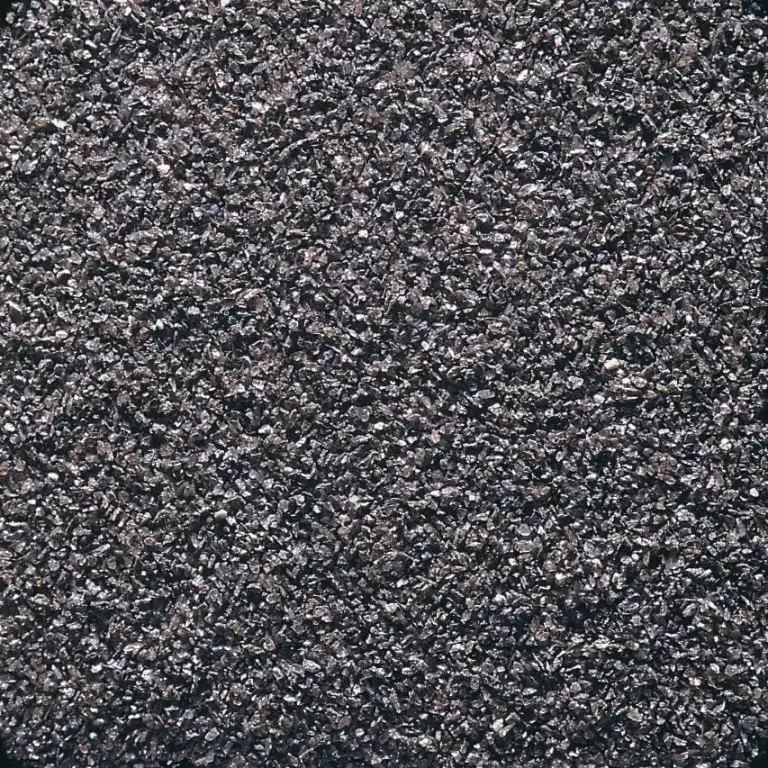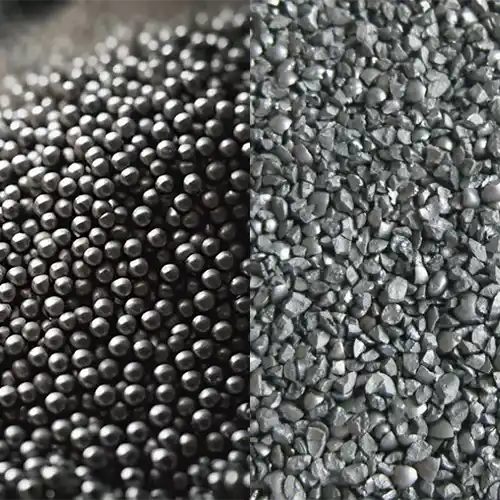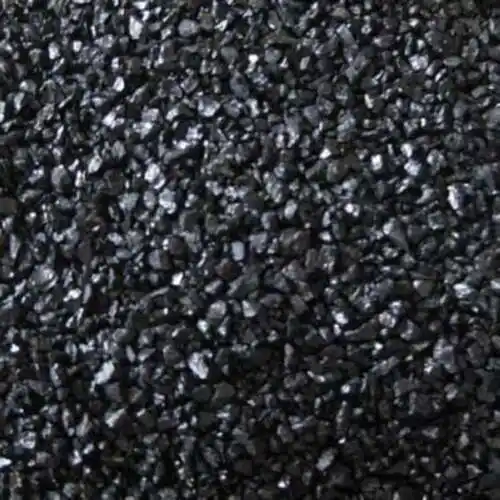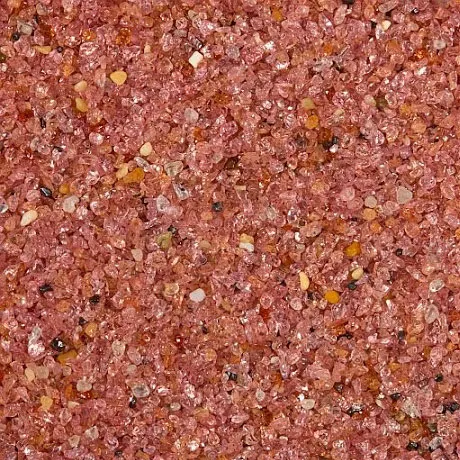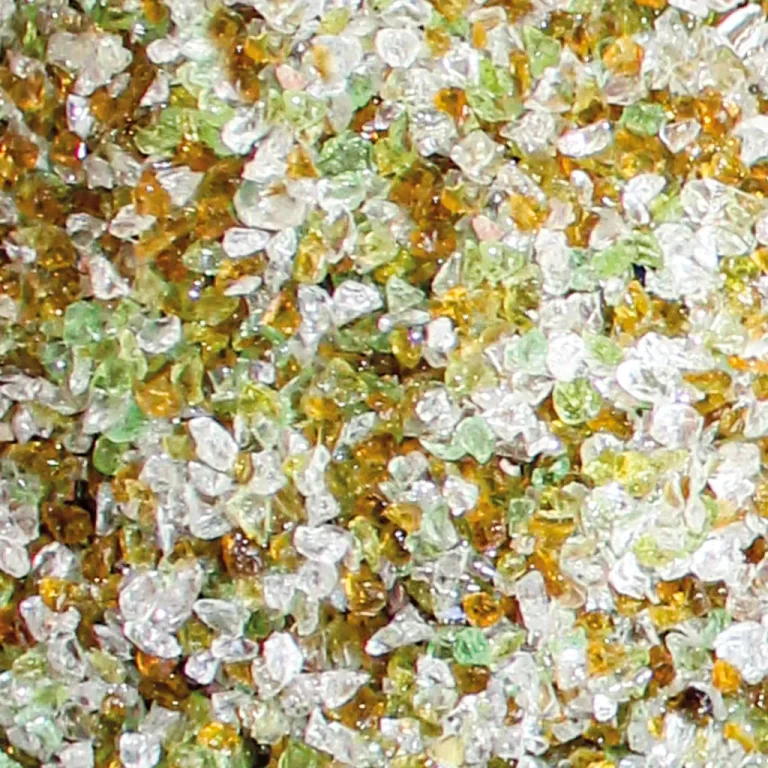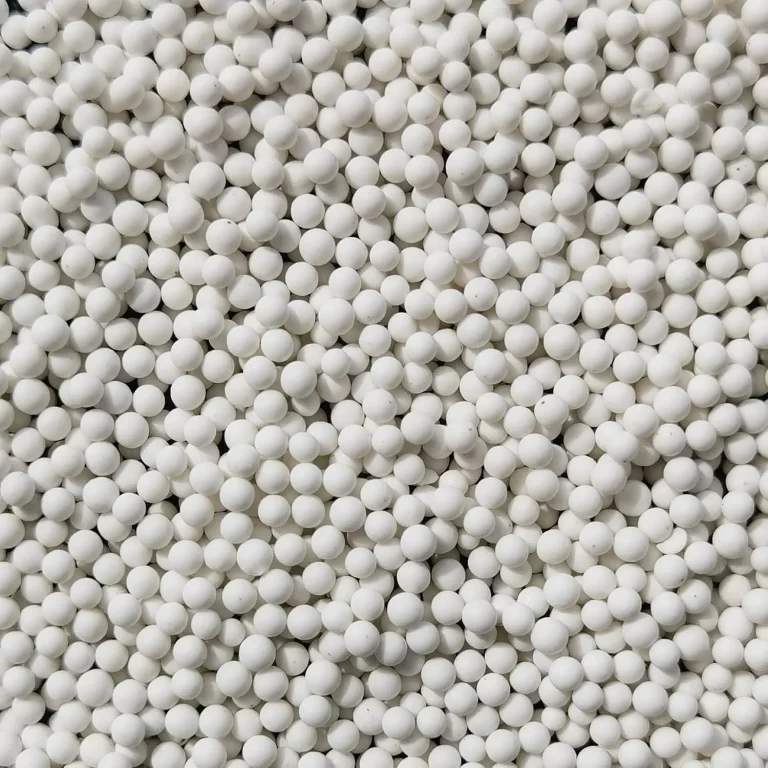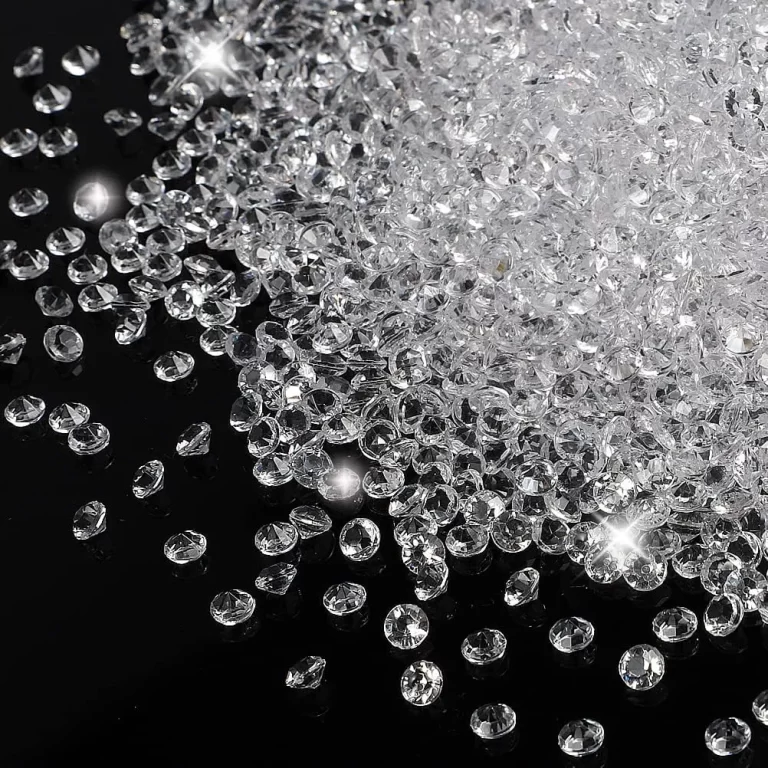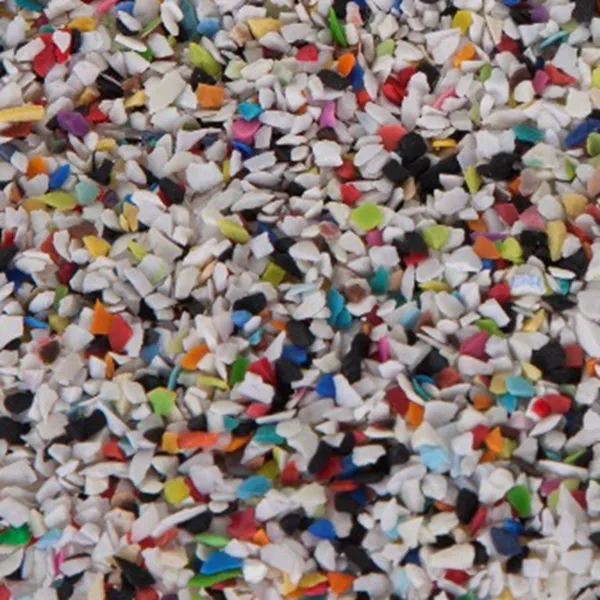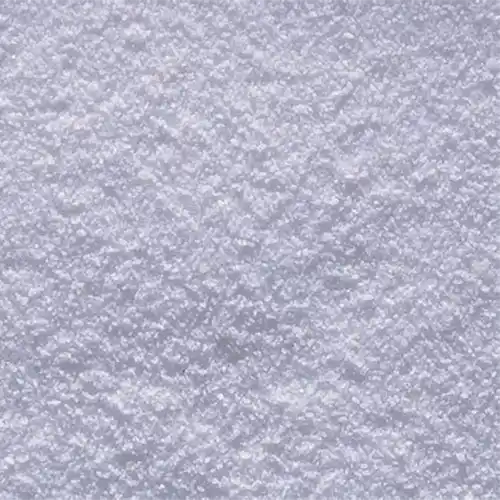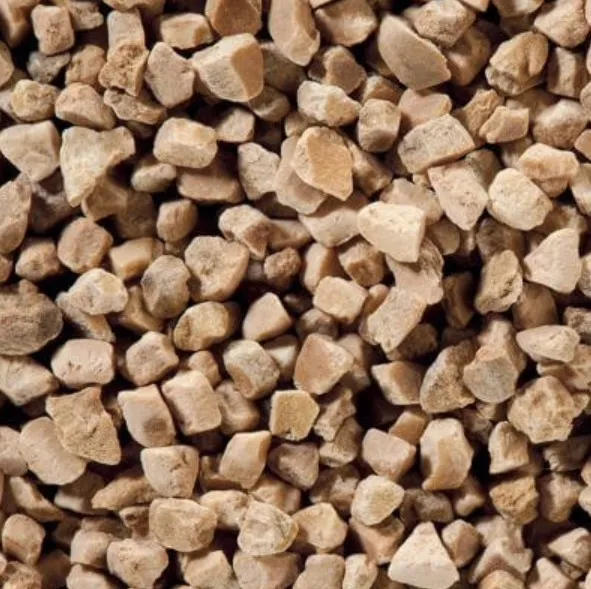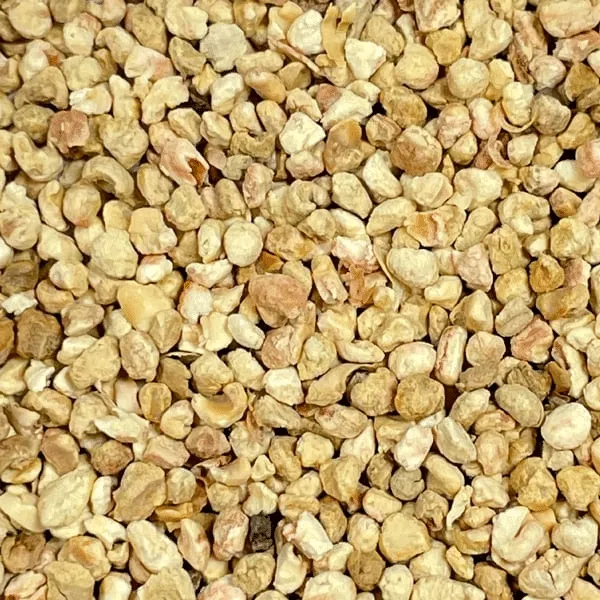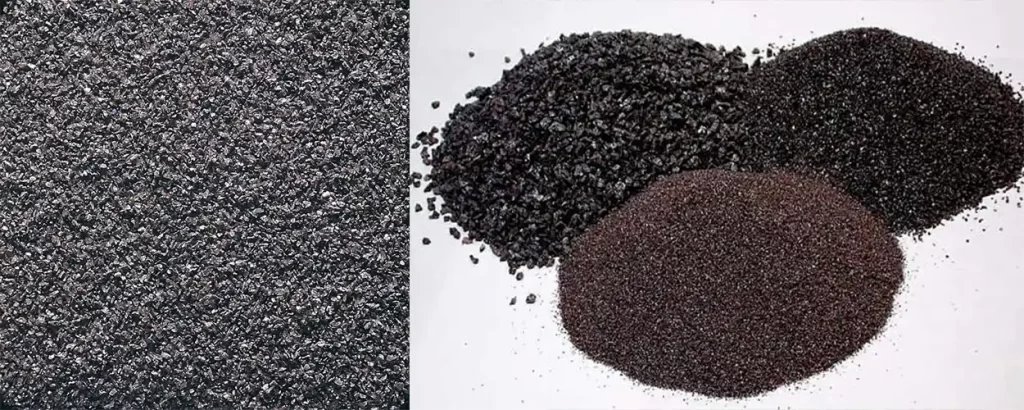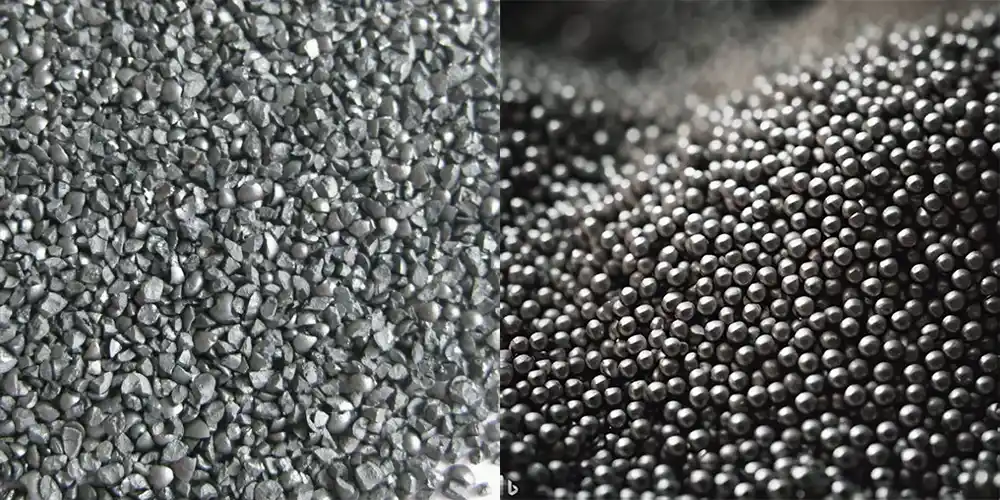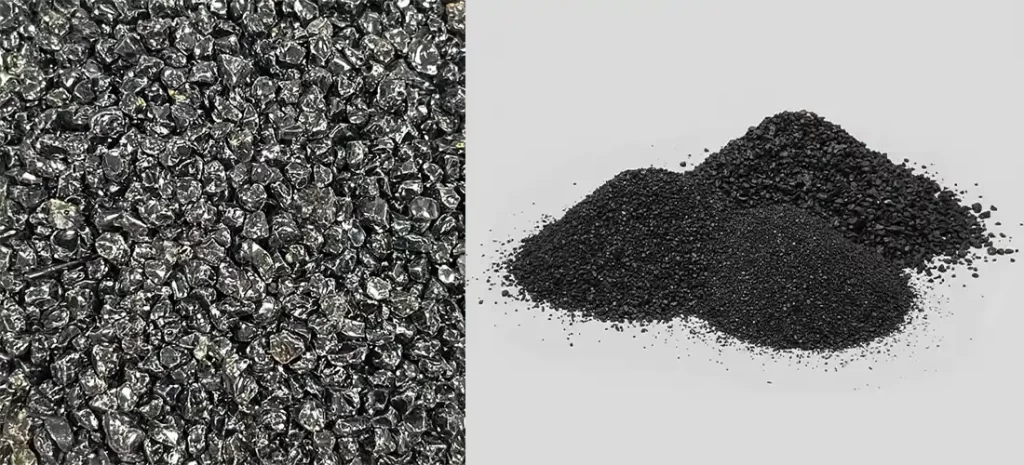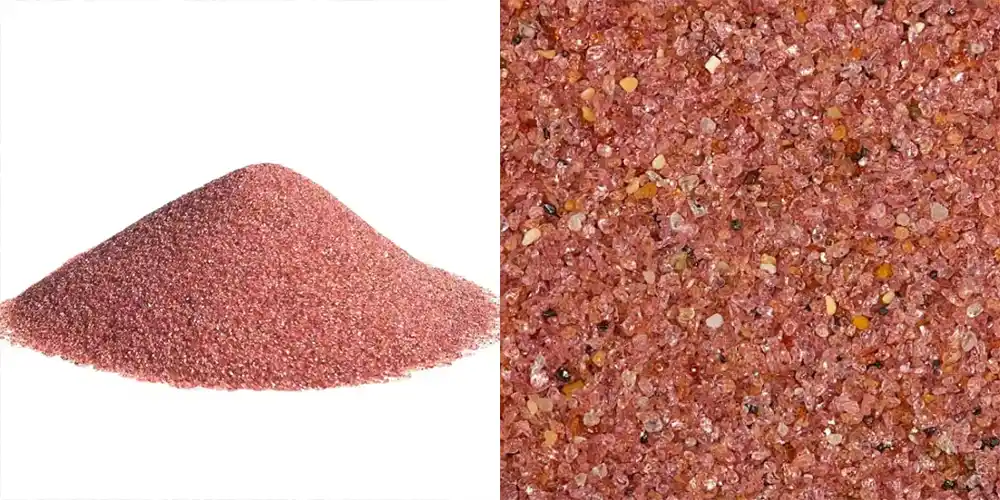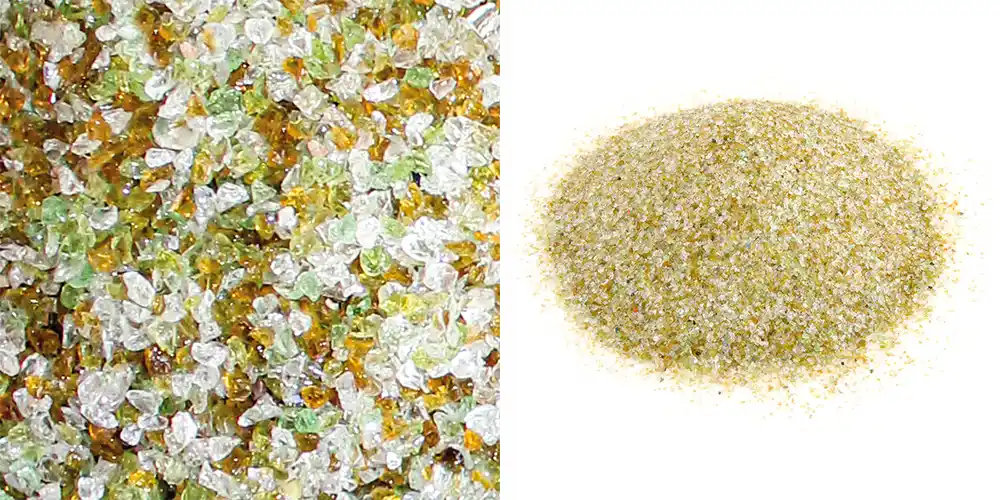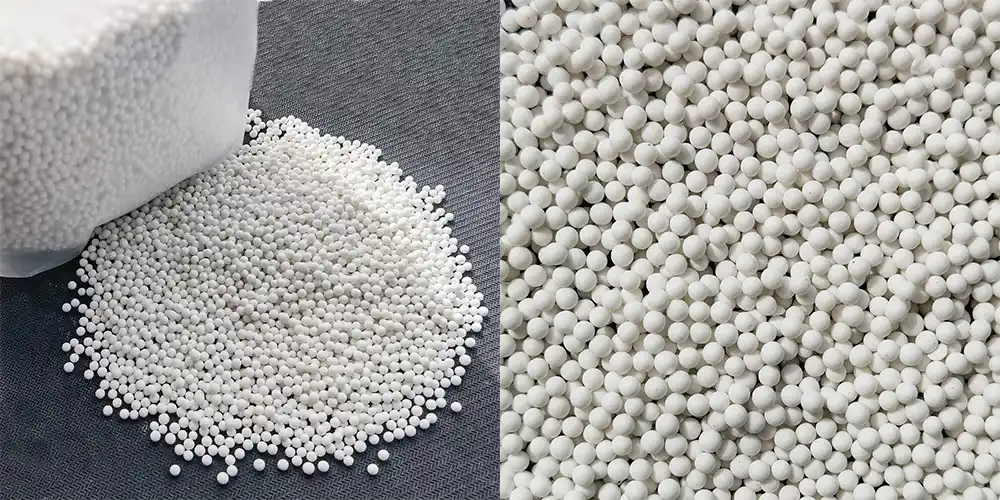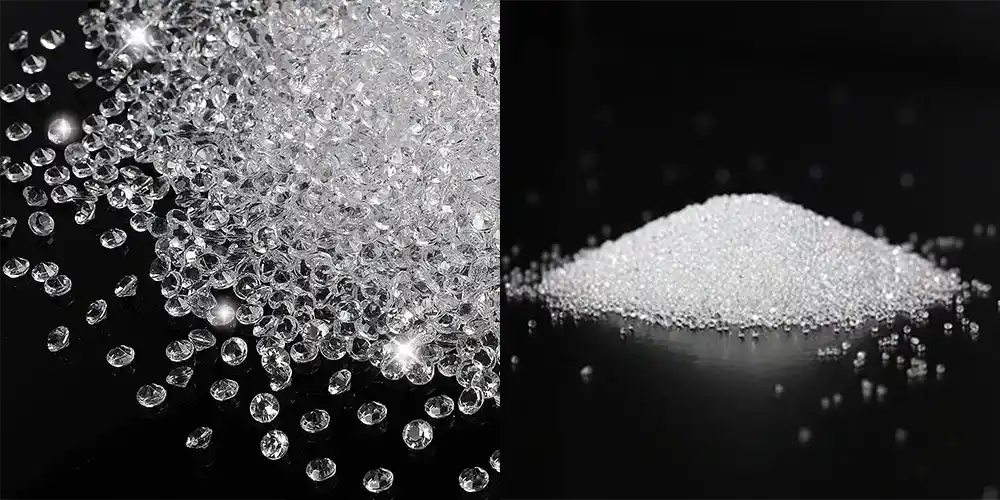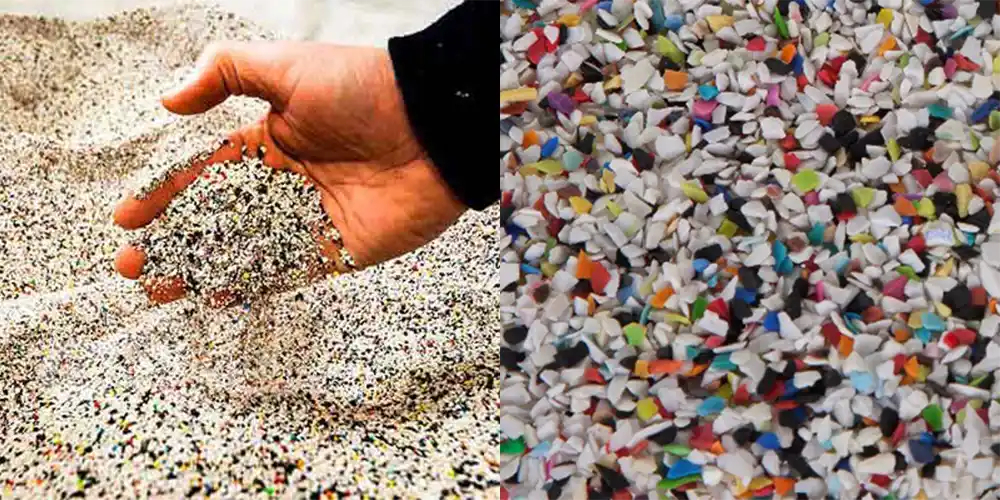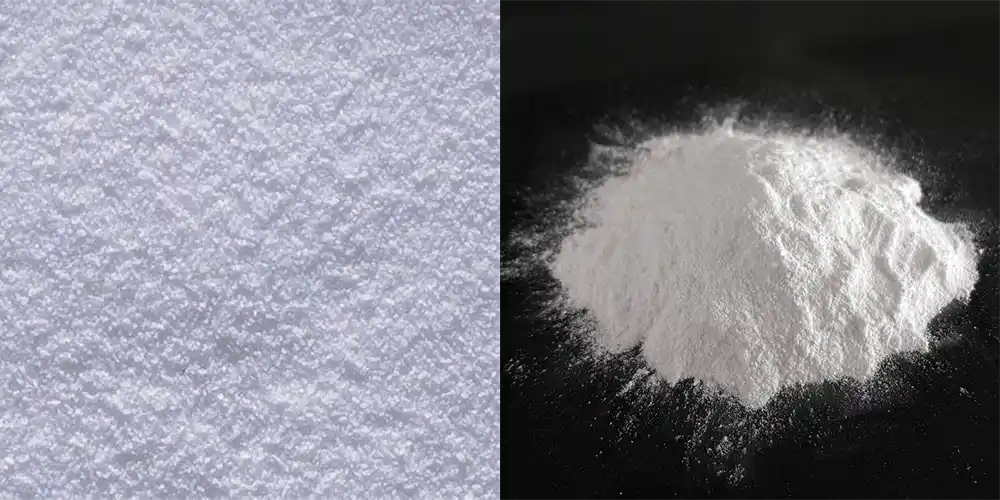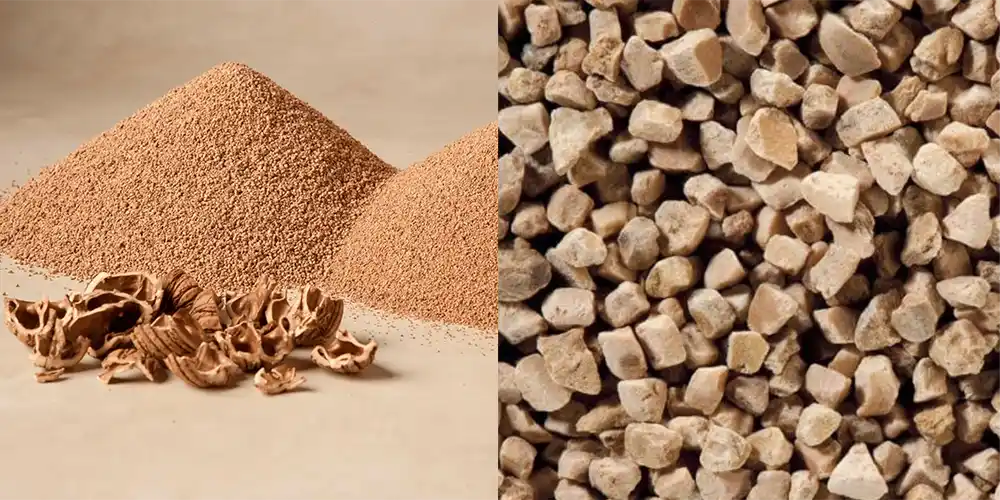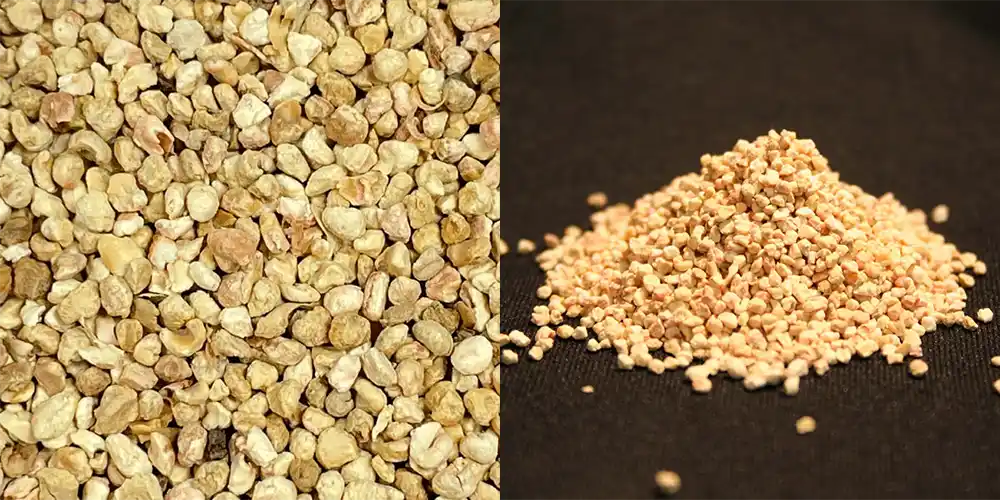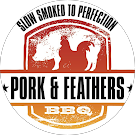Our Sandblasting Media Types
Choosing the right blasting media for the right job
Understanding Sandblasting Media
The right abrasive makes all the difference
Not all sandblasting projects are created equal, and neither are the materials used to power them. Every blasting media has its own characteristics — from particle shape and density to hardness and recyclability — and these differences directly impact how a surface turns out. Selecting the right media isn’t just a technical choice; it’s the difference between a flawless finish and costly damage.
Some media are designed to cut aggressively, tearing through thick coatings and corrosion with speed. Others are softer and more forgiving, meant to clean or polish without altering the underlying material. There are options that can be recycled dozens of times for efficiency, and others that are chosen for their eco-friendly, biodegradable properties. By understanding the strengths of each media type, projects can be tailored for precision, efficiency, and safety.
Whether you’re preparing a surface for painting, restoring delicate components, or tackling heavy-duty industrial equipment, the blasting media you choose determines how successful the outcome will be. That’s why this page is dedicated to breaking down each option — so you can see what sets them apart and when to use them.
Jump to what you're looking for:
Media Types Comparison Chart
A quick guide to the strengths, finishes, and best uses of each abrasive
| Media Type | Hardness (Mohs Scale) | Reusability & Durability | Finish Quality | Common Applications & Use Cases |
|---|---|---|---|---|
| Silicon Carbide | 9+ | Highly Reusable - Extremely durable with excellent recyclability for multiple cycles | Very Aggressive, Sharp Finish | Heavy-duty applications, fast removal of tough coatings, and etching hard materials like glass and stone. |
| Aluminum Oxide | 9 | Highly Reusable - Can be recycled many times due to excellent durability | Aggressive, Matte Finish | Surface preparation for painting and coating, rust and scale removal, etching. |
| Steel Grit & Steel Shot | 6-9 (Varies by type) | Extremely Durable - Very high reusability with longest service life of all media types | Aggressive (Grit), Smooth (Shot) | Aggressive cleaning, surface profiling for coatings, peening to increase metal fatigue life. |
| Ceramic Media | 7-9 | Highly Reusable - Excellent durability with long service life across multiple cycles | Varies (Aggressive to Fine) | High-performance grinding, cutting tough materials, and surface finishing where high precision is needed. |
| Garnet | 7.5 - 8 | Moderately Reusable - Can be recycled multiple times with proper screening and maintenance | Fast Cutting, Uniform Profile | A wide variety of industrial applications, including shipyards, oil and gas, and surface prep for coatings. |
| Coal Slag | 7 - 7.5 | Single Use Only - Breaks down rapidly during use and is not recyclable | Aggressive, Sharp Profile | Heavy-duty cleaning of steel, removal of thick coatings, rust, and paint in outdoor applications. |
| Glass Beads | 5.5 - 6 | Moderately Reusable - Can be recycled multiple cycles but less durable than steel | Smooth, Bright, Satin Finish | Cleaning, finishing, peening, and deburring of sensitive surfaces. Ideal for automotive and aerospace. |
| Crushed Glass | 5 - 6 | Single Use Only - Breaks down quickly and cannot be recycled effectively | Aggressive, Clean Finish | General purpose removal of paint, rust, and scale. Good for concrete and steel surfaces. |
| Corn Cob | 4.5 | Limited Reuse - Typically lasts about 15 cycles before replacement is needed | Gentle, Polishing | Cleaning, drying, and polishing of delicate surfaces. Effective for log home restoration. |
| Plastic Media | 3 - 4 | Moderately Reusable - Can be recycled several times with proper screening and cleaning | Gentle, Non-Damaging | Stripping paint and coatings from delicate substrates like aluminum, fiberglass, and composites. |
| Walnut Shells | 3.5 | Moderately Reusable - Resistant to breakdown and can be recycled several times in pressure blast applications | Gentle, Non-Abrasive | Cleaning and stripping of delicate surfaces like wood, soft metals, and plastics. Polishing and deburring. |
| Sodium Bicarbonate | 2.5 | Single Use Only - Completely consumed during blasting process and cannot be recycled | Very Gentle, Cleaning | Cleaning and degreasing of delicate surfaces, paint removal on soft materials, and use in food-safe environments. |
Most Aggressive / Hardest
Silicon Carbide
Silicon carbide is an exceptionally sharp and hard blasting media, ranking just below diamond on the Mohs scale. Its extreme hardness makes it perfect for cutting through the toughest coatings, rust, and contaminants with speed and precision. Unlike softer media, it leaves a very consistent and angular surface profile, making it ideal when maximum adhesion is needed for subsequent coatings or finishes. Silicon carbide is also highly efficient—removing material quickly—though it tends to break down faster than aluminum oxide, making it best suited for projects where precision and aggressiveness are the priority. Because of these qualities, it’s often chosen for demanding applications in aerospace, automotive, and other industries where performance and accuracy matter most.
Aluminum Oxide
Aluminum oxide is one of the most popular and effective blasting media thanks to its extreme hardness and durability. Its angular grains cut aggressively, making it ideal for removing rust, scale, and old coatings while creating a strong surface profile for new finishes to adhere to. Unlike softer abrasives, it can be reused multiple times, offering both cost efficiency and consistent performance. Available in a range of grit sizes, aluminum oxide can be tailored for anything from heavy-duty stripping to fine surface conditioning. Safe, versatile, and reliable, it remains a top choice across industries for high-quality sandblasting results.
Steel Grit / Steel Shot
Steel grit and steel shot are durable, reusable abrasives commonly used for heavy-duty sandblasting. Steel grit has an angular shape that cuts into surfaces aggressively, making it excellent for removing rust, scale, and tough coatings while producing a rough profile for coatings to adhere to. Steel shot, on the other hand, is spherical and delivers a peening action that cleans while leaving a smoother, more polished finish. Both can be recycled many times, making them highly cost-effective for large-scale or ongoing projects. Together, they offer versatility—grit for aggressive cleaning and profiling, shot for smoother finishes and strengthening metal surfaces.
Coal Slag
Coal slag is a sharp, angular blasting media commonly used for surface preparation when heavy-duty cleaning is required. It’s highly effective at removing rust, paint, and tough coatings, leaving behind a clean and textured surface ready for recoating. While not as reusable as steel or aluminum oxide, coal slag is affordable and disposable, making it a cost-efficient option for one-time or large-scale jobs. It also produces a moderate surface profile, giving good adhesion for paints and coatings. Because of its balance of cutting power and economy, coal slag is widely used in construction, shipyards, and industrial maintenance projects.
Medium Range / Versatile
Garnet
Garnet is a natural, hard, and relatively dense blasting media valued for its balance of cutting power and surface finish. Its sharp edges allow it to efficiently remove rust, paint, and scale, while still producing a cleaner, smoother profile than more aggressive abrasives like coal slag or steel grit. Garnet is low-dust and environmentally friendly compared to many alternatives, making it safer for operators and better for projects with stricter regulations. It can also be recycled multiple times, which improves cost efficiency over single-use media. Because of its versatility and cleaner results, garnet is a popular choice in industries like shipbuilding, waterjet cutting, and general surface preparation.
Crushed Glass
ChatGPT said:
Crushed glass is an environmentally friendly blasting media made from recycled glass, offering a sharp, angular profile that cuts effectively without embedding contaminants. It’s excellent for removing rust, paint, and surface coatings while leaving a clean finish that promotes strong adhesion for recoating. Lighter than many mineral abrasives, crushed glass produces less dust than coal slag and contains no free silica, making it a safer alternative for operators. It’s typically a single-use media, but its low cost and eco-friendly nature make it a practical choice for many projects. Crushed glass is especially popular in restoration, automotive, and marine applications where both performance and safety are priorities.
Ceramic Media
Ceramic media is a highly durable blasting material designed for precision and consistency in surface preparation. Made from tough, high-density ceramics, it delivers excellent cutting power while maintaining uniformity, making it ideal for applications where consistent results are critical. It produces minimal dust, can be reused many times, and provides a smooth yet effective finish that enhances coating adhesion without damaging the substrate. Because of its longevity and clean blasting properties, ceramic media is often chosen for aerospace, automotive, and medical industries where quality and precision matter most. Its reusability also makes it a cost-effective option for long-term operations.
Glass Beads
ChatGPT said:
Glass beads are a lightweight, reusable blasting media best known for delivering a smooth, satin-like finish without damaging the underlying surface. Their round shape makes them much gentler than angular abrasives, which is why they’re commonly used for cleaning, polishing, and cosmetic finishing rather than aggressive material removal. Glass beads are also effective for peening, which strengthens metal surfaces by relieving stress and improving durability. They are dust-free compared to many other options, making them cleaner and safer to use in controlled environments. Because of these qualities, glass beads are widely used in industries like automotive, aerospace, and precision manufacturing where both appearance and performance matter.
Gentle / Soft Media
Plastic Media
Plastic media is a lightweight, angular abrasive designed for gentle yet effective cleaning and surface preparation. It’s often used in aerospace and automotive industries because it removes coatings, paint, and contaminants without damaging delicate substrates like aluminum or composites. Plastic media produces very little dust and can be reused multiple times, making it both efficient and economical. Its controlled cutting action ensures precision while preserving the integrity of the base material.
Sodium Bicarbonate
Sodium bicarbonate blasting, also called soda blasting, is a non-destructive cleaning method that uses soft, fine particles to strip away dirt, grease, coatings, and even fire damage residue. Because it is much gentler than most abrasives, it’s safe for sensitive surfaces like glass, chrome, plastics, and even wood. Soda blasting also provides the benefit of neutralizing acids and deodorizing surfaces during cleaning. While single-use, its safety and versatility make it ideal for restoration, automotive detailing, and food industry equipment cleaning.
Walnut Shells
Walnut shells are a biodegradable, soft abrasive media ideal for cleaning, polishing, and surface preparation without harming underlying materials. Their organic nature makes them environmentally friendly, while their toughness allows them to effectively remove paint, grease, and carbon buildup. They are especially useful in applications like aircraft engine cleaning, automotive restoration, and delicate surface work where harder abrasives would be too aggressive. Walnut shells provide a consistent finish while being safe on softer metals, plastics, and wood.
Corn Cob
Corn cob media is a natural, biodegradable abrasive commonly used for light cleaning, polishing, and drying. Softer than walnut shells, it gently removes dirt, grease, and coatings without scratching surfaces, making it ideal for wood, stone, and delicate metals. Corn cob also absorbs oils and moisture, which makes it useful in both blasting and tumbling applications. Its eco-friendly nature and versatility make it a cost-effective option for restoration and finishing projects that require a smooth, residue-free surface.
General & Specialized Medias
General
General blasting media includes the most widely used abrasives that can handle a broad range of projects. These options—like aluminum oxide, glass beads, garnet, and crushed glass—offer reliable performance for everything from rust and paint removal to polishing and surface preparation. They provide a balance of cost, effectiveness, and versatility, making them the go-to choices for industries such as automotive, marine, construction, and general maintenance. For most everyday sandblasting needs, general media delivers consistent, dependable results.
Specialized
ChatGPT said:
Specialized blasting media is designed for niche applications where standard abrasives aren’t the best fit. These include softer or eco-friendly options like walnut shells, corn cob, plastic media, or sodium bicarbonate, which allow for safe cleaning of delicate surfaces or sensitive materials. On the other end of the spectrum, highly aggressive media like silicon carbide or ceramic beads provide extreme performance for precision industries. Choosing a specialized media ensures the blasting process meets the unique requirements of a project, whether that means preserving a fragile surface or achieving an ultra-clean, high-performance finish.
Certified Expertise
Backed by industry-recognized training and qualifications.
Industry Standards
We follow strict protocols to ensure lasting results.
Trusted by Clients
Consistently rated high for reliability and service by our clients.
